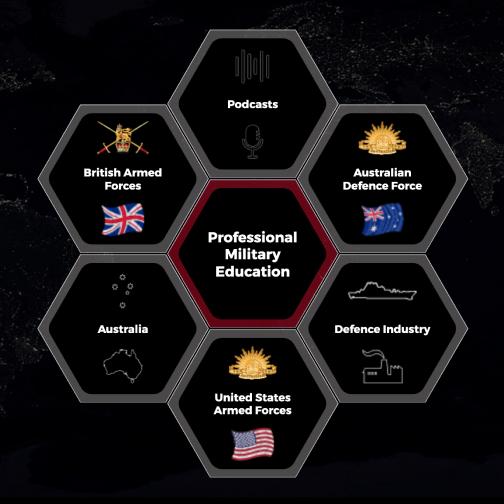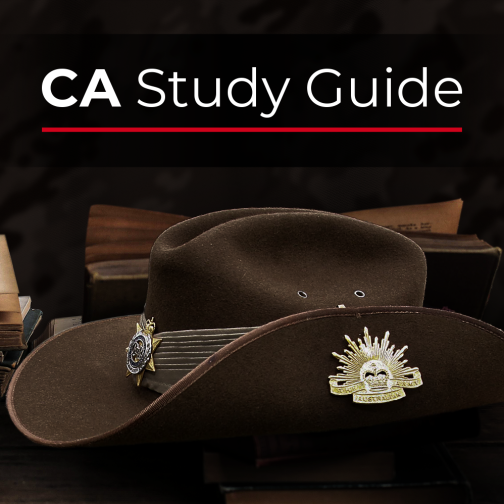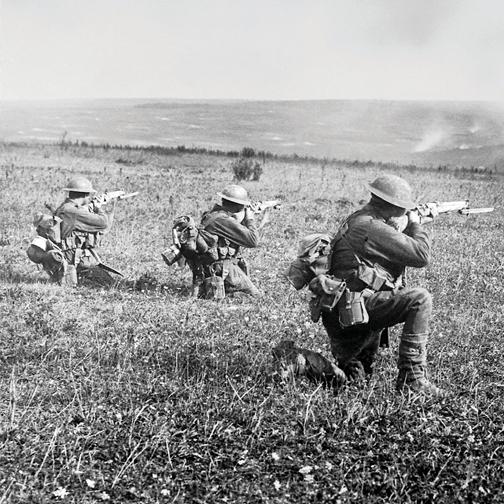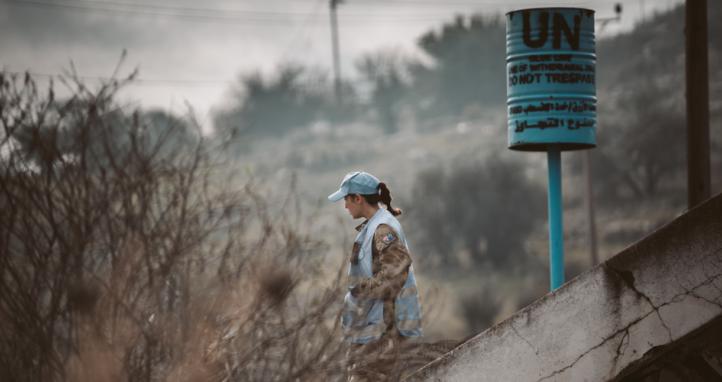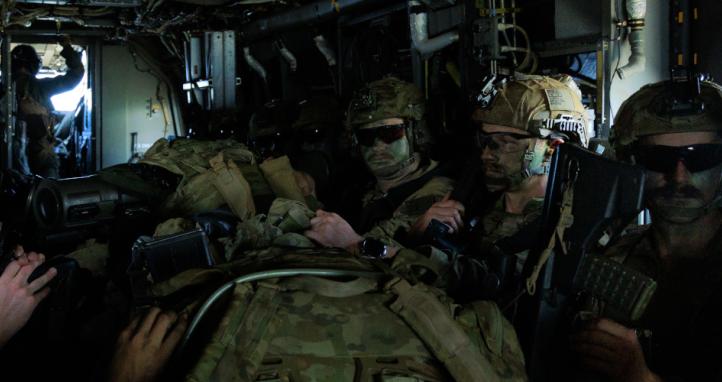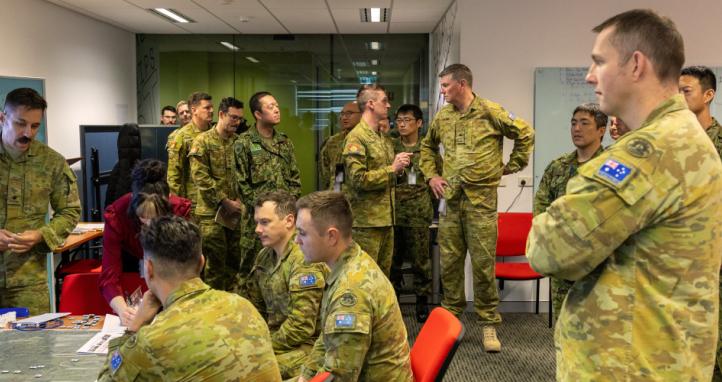Army Safety Day 2025 (DPN link only) is just around the corner. As usual, we will cover key themes that align to the October National Safe Work Month theme of “Safety: every job, every day.” It’s about being risk aware, and this year our Army themes are on some of our critical hazards associated with noise, working in the littoral, safe operation of UAS, and blast overpressure. We also offer some guidance to maintain your own wellbeing as part of World Mental Health Day.
As Defence’s largest organisation, the Australian Army must generate forces and capabilities for employment in inherently dangerous environments and circumstances. Workplace hazards are ever present and, tragically, we have recent examples that have led to serious injury and worse amongst our people.
Yet, no one person can be an expert in every system and capability that exists in Army.
Our Army is a complex system made up of 145 units spread across 157 bases around Australia. Our 43,000-odd people are employed into 102 different employment categories. Two thirds are full time and one third part time working mostly in Army but also across Defence’s many groups and services. From Army’s five commands, multiple headquarters, and Australian Army Cadets; we operate or coordinate the use of hundreds of different types of equipment doing everything from training cadets to playing instruments to fixing kit, to undertaking high intensity combat training.[i]
But everyone can work safely. Every Army soldier, regardless of rank, has a duty and public expectation to do so. Equally, our senior leaders and commanders have a duty to set the conditions for working safely. That is where the perceived ‘Army Safety’ paradox presents – and it’s not really a paradox at all, rather it’s our commitment to safety that mutually supports our readiness and preparedness requirements.
The duties go both ways.
Our people are expected to follow reasonable orders, conduct tasks, and operate equipment in the manner they were trained through Army’s training system. Similarly, commanders, at all levels, must identify and mitigate or eliminate safety risks so far as is reasonably practicable for the activities they plan and conduct. And our experienced NCOs and officers play a role in ensuring tasks are carried out correctly.
Our training system, our doctrine, and our SOPs are our safety system. Army has over the last nearly 125 years fine-tuned how it fights to not only defeat our enemies more effectively, but to also ensure our soldiers have the best chance of coming home. We fight as safely as we can. We cannot have capability without having people.
We know our Army safety system works; it’s a system replicated across the Services and in public and private industry alike. Our system has enabled us to demonstrate compliance to the Work Health and Safety Act. We have not fundamentally changed our system since the legislation was introduced in 2011. And our safety data tends to show that when our leaders consider and treat workplace risks, and our soldiers follow their training when conducting tasks, serious workplace safety incidents can be avoided.
This system is not infallible – no system is – but our system seeks to identify and resolve problems as trends arise. Some of these problems are being addressed through the recommendations arising from the Royal Commission into Defence and Veteran Suicide report. For Army specifically, this includes the requirement to mitigate the blast overpressure hazard associated with operating weapons and undertaking breaching across the ADF. Our Army Safety Day content will outline how we are doing this.
What can you do? Be a professional.
At a unit level, you can play a role by calling out safety problems, contributing your expertise to plan activities safely, maintaining your competence, monitoring the effectiveness of controls, and reporting safety incidents when they occur. You can play a critical role in improving our system by providing amendments to Army doctrine and SOPs where these do not align to how we train and fight. Be a professional. You could also complement your commanding officer’s Safety Appreciation, which is designed to identify and treat the risks specific to your unit and is reviewed at the start of each year. At the brigade level, formation safety standing orders exist and are supported by the Formation Safety Advisor. At the Command level, a Command-level safety directive sets the safety expectations and requirements and is supported by a Command Safety Manager.
At the Army level, our WHS-Army team designs and, with the support of Adjutant General – Army, monitors the effectiveness of the Army Safety Management System. Army doesn’t operate in a vacuum, rather we sit within the overarching Defence enterprise safety system. Over the last 18 months, we have reviewed our system to simplify it and align it to international best practice.[ii] Once approved by the Chief of Army, it will be released for use and replace the current 628 page Army Safety Manual. The new version will comprise a contemporary 53 page manual with a suite of Army Standing Instructions (Force Preservation) providing land domain specific direction.
Sitting within Landworthiness Branch, Army Headquarters, we work side by side with the Directorate of Engineering – Army (overseeing the maintenance and materiel certification system), Land Test and Evaluation Army, Land Accident Investigation Bureau, Seaworthiness Support and Landworthiness Support teams. The branch goal is to ensure Army’s systems are mission capable and effective as well as compliant with legislative requirements. Where there are deficiencies in our capability systems, they are identified to the Chief of Army and addressed. The intended outcome for Army is a land force that can achieve its assigned mission for Defence: to prepare land power in order to enable the integrated force in competition and conflict.
As the Chief of Army often states, our Army is a profession, a fighting force with four key priorities: trust, readiness, resource stewardship, and telling our story. Army’s safety system doesn’t exist to serve itself, rather it is designed to prepare our soldiers for the rigours of combat where the key threat frequently turns out to be the environment and our own actions. Our safety system seeks to reduce those non-enemy threats, in both training and operations, to ensure our Army is as strong and as effective as it can be. This is the story we need to tell ourselves and our families about safety.
So if you’ve got this far, ask yourself, what can you do to maintain and improve readiness and preparedness (and concurrently – safety) within your team, your unit, your formation, Command, or Army? As a professional volunteer Army, everyone who joins Army signed up for the unlimited liability clause of service to our nation. And this clause does not mean we ignore risk or plan or conduct our activities unprofessionally. As I said at the start, this piece is reminder of the obligation we have to each other, our families and the nation to work safely. There is no paradox.
Army Safety Day runs throughout October 2025, and all content will be loaded for individual and unit-facilitated training to the internal Army Safe website at: http://drnet/Army/LW/Pages/ArmySAFE.aspx (DPN link only).
End Notes
[ii] ISO 45001 is the first international standard for occupational health and safety management systems (OHSMS), providing a framework for organizations to prevent work-related injury and ill-health and proactively improve their OH&S performance.
